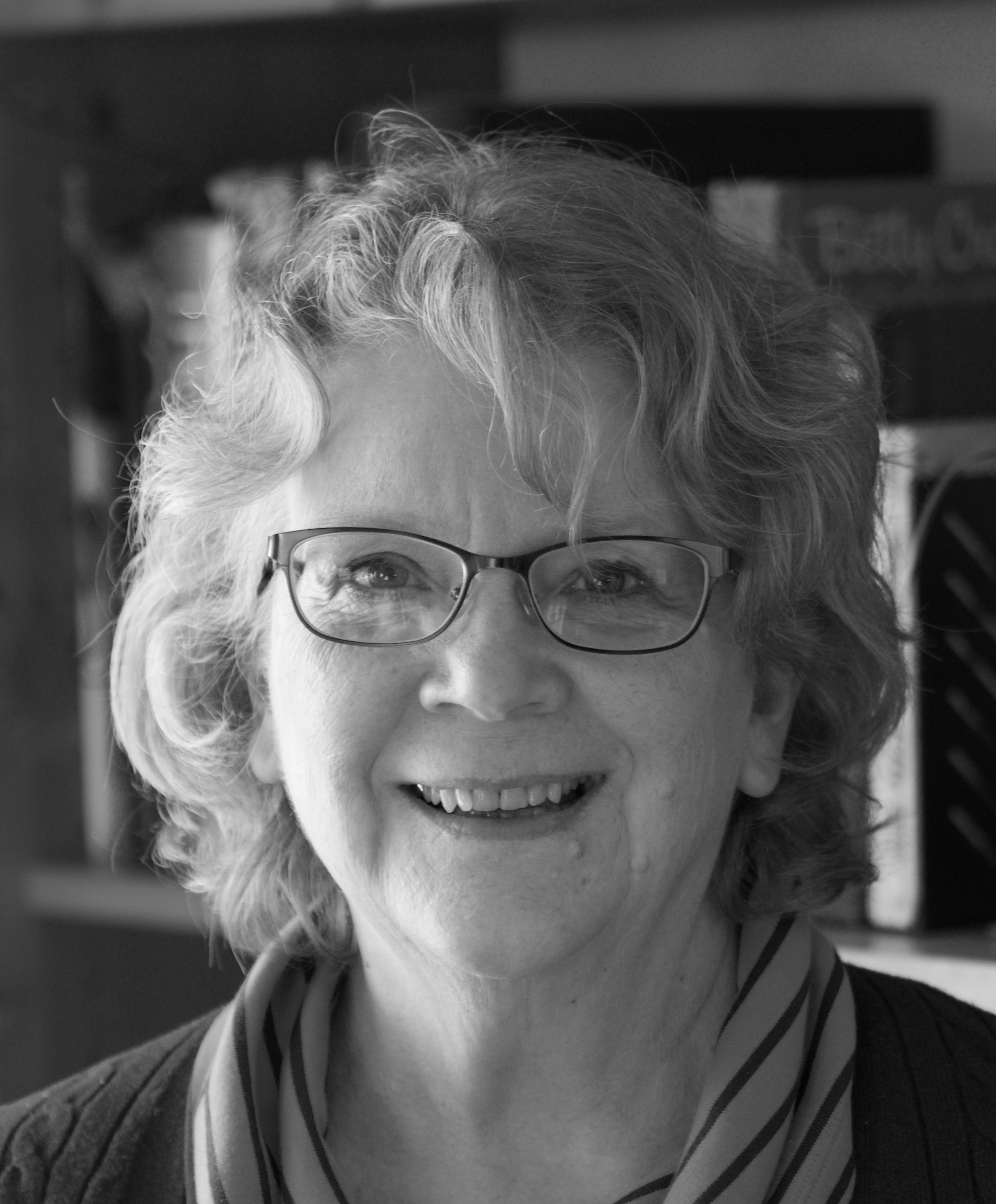 Photo credit:Keith Williams
Photo credit:Keith Williams
On a sunny afternoon last week, as my son was leaving with my toddler granddaughter in his arms, he saw a lynx in the street in front of the house. He came inside again and we all watched out the window as the lynx, about the size of a golden retriever (very large, if size descriptions online are right), walked slowly up the street and disappeared into greenbelt that leads deeper into the subdivision.
We’d heard, but only second- or third-hand, that there was a lynx around, one that occasionally sat, waiting, in people’s yards. I didn’t necessarily believe the reports, because even in the wilds of the Yukon, it’s rare to see a lynx. In nearly 35 year, this was only my second sighting. I saw the first lynx outside Dawson City on the Top of the World Highway when my oldest children were small.
When my youngest daughter saw one a couple of years ago on the cross country ski trails, everyone who heard the story was skeptical. “Is she sure it wasn’t just a coyote? Did she see the tell-tale ear tufts?” She had, and she’d seen the strange longer back legs that make a lynx seem “crouchy” even as it walks. In the end, there was no doubting what she saw.
The population of lynx, at least in the north of Canada, is a boom and bust thing. Its cycle follows the ten year cycle of the snowshoe hare, its primary food source. Does the presence of a lynx in a populated area mean we’re at the top of the cycle, population-wise, and there are too many of them, or at the bottom, so one braves the city to find food? I’m not sure, but the Environment Yukon page on the Canada lynx1 warns us to keep small pets on leash if we live near a greenbelt, so they do sometimes come to town looking for small prey. Another possibility is that it is carousing about because it’s mating season.
 Wikimedia CommonsIf you live in Canada, you probably live in a place where you could see a Canada lynx in the wild—someday, maybe, if you’re especially blessed. If you live in the United States, you probably can’t, although there are a few regions in the Rockies and the upper Great Lakes where you might. If you live anywhere else in the world, you have no hope of seeing a wild Canada lynx.
Wikimedia CommonsIf you live in Canada, you probably live in a place where you could see a Canada lynx in the wild—someday, maybe, if you’re especially blessed. If you live in the United States, you probably can’t, although there are a few regions in the Rockies and the upper Great Lakes where you might. If you live anywhere else in the world, you have no hope of seeing a wild Canada lynx.
By the way, if you live in Colorado and see a lynx, it may have come from the Yukon or be the descendent of a lynx from the Yukon, since we’ve been helping Colorado reintroduce them there.
What’s more, one of the most common lynx photos online, the one at the top of this post—chosen because that’s exactly what last week’s lynx looked like as he slinked down the street—was snapped near here. Keith Williams, the photographer, writes,
Though I love to shoot landscapes, it’s the wildlife shots that get the glory and publishers’ attention. Technically [the lynx photos] weren’t outstanding shots, as I was still learning to use my DSLR camera and telephoto lens. However, it’s always the image, not technical perfection, that captures a viewer’s imagination. Since posting them on Flickr, the lynx photos have been an incredible success, published in books, magazines, used by Wikipedia, the Royal Ontario Museum and even made into mouse pads for marketing.
It’s the image that captures us, he says. A mysterious and unique wild cat, rarely seen, right there for us to see.
It’s a glorious creation we live in, isn’t it? And someday—just like the wolf with the lamb, and the leopard with the baby goat—the lynx will lie down beside the snowshoe hare. I’m guessing there will be no more wild swings in population numbers, either. Maybe we’ll see them often, walking down the street.
1 Listen to the recording of a lynx snarl on this page, too. I dare you.
 Monday, March 18, 2013 at 8:00AM
Monday, March 18, 2013 at 8:00AM 



